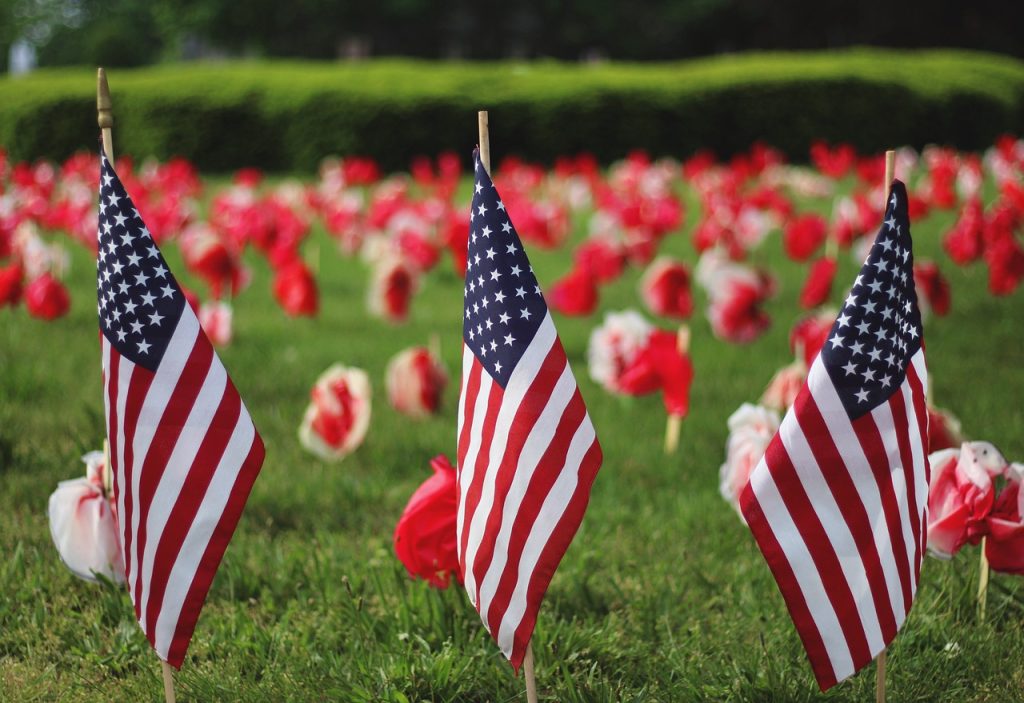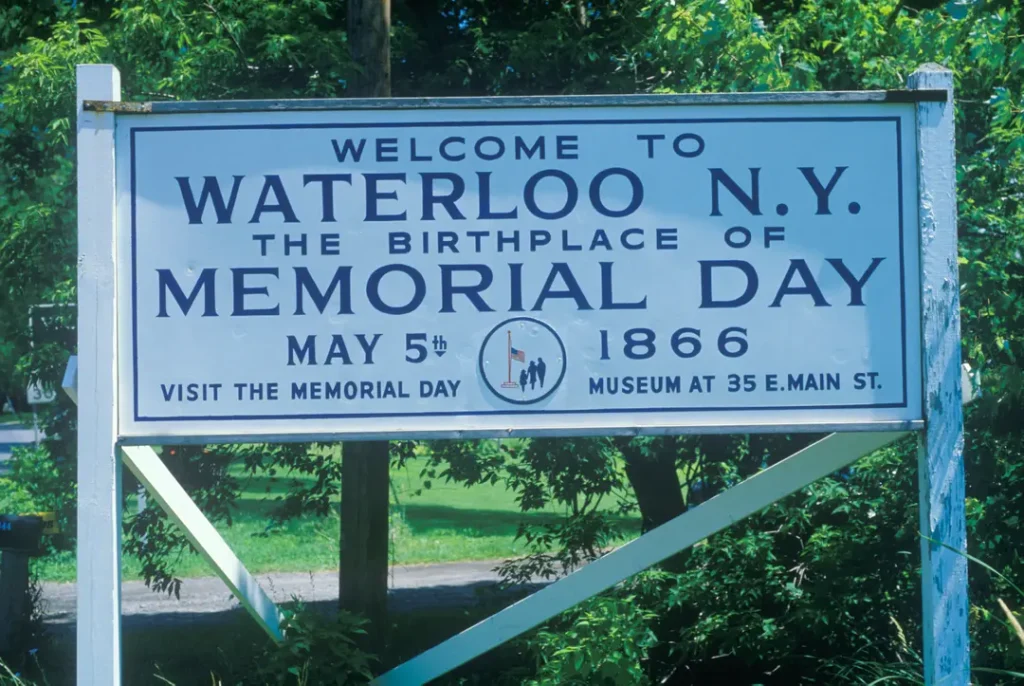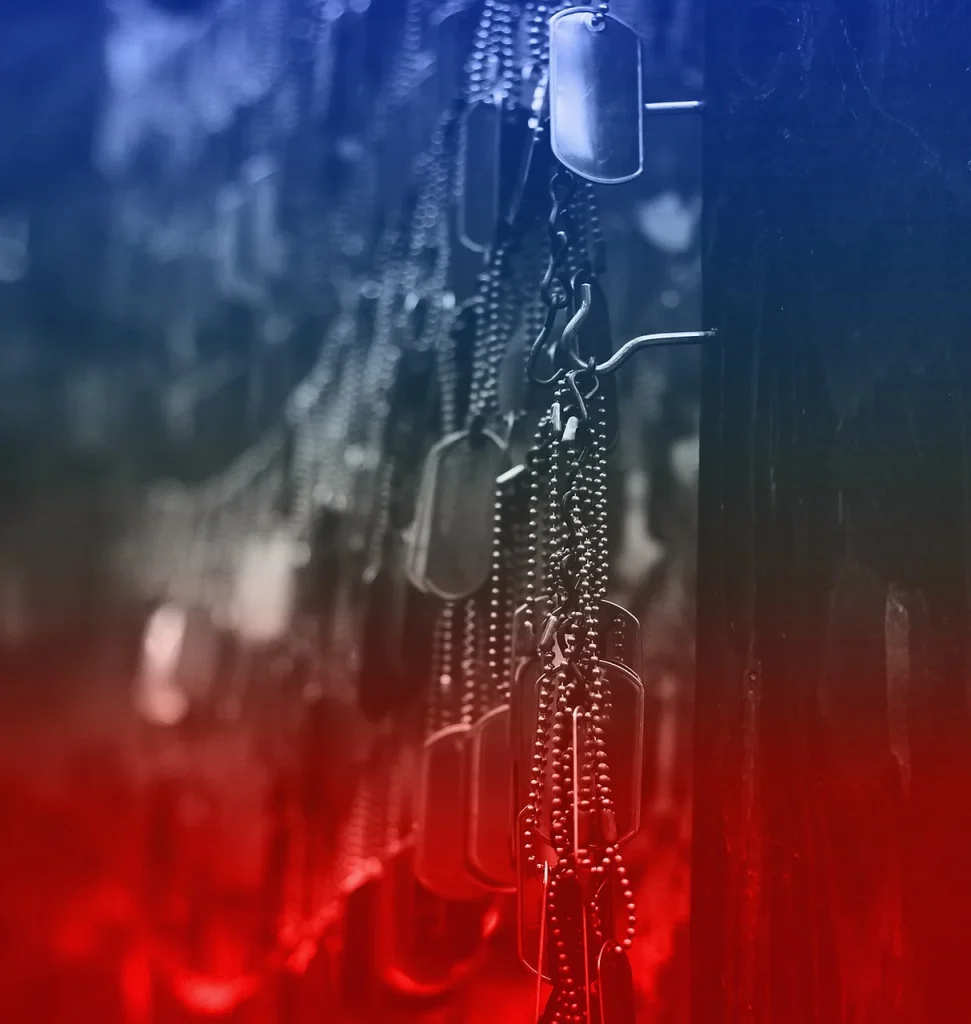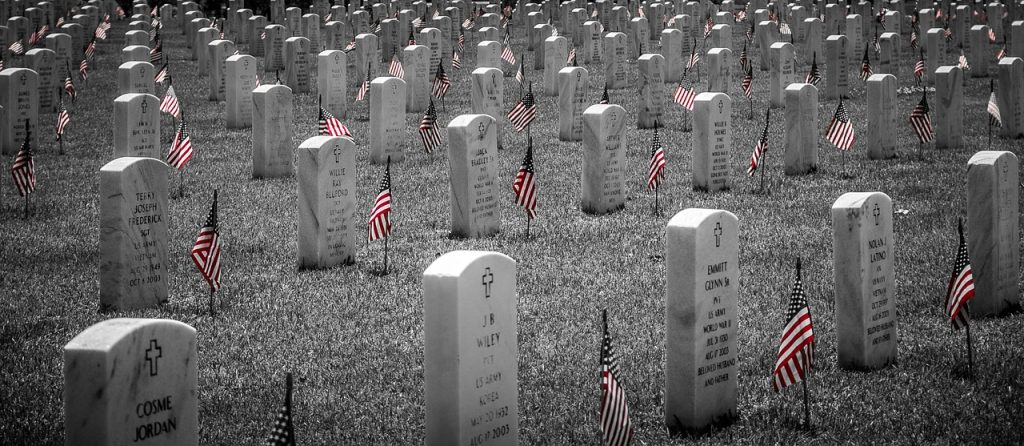Originally known as Decoration Day, Memorial Day originated in the years following the Civil War and was designated an official federal holiday in 1971. The Civil War concluded in the spring of 1865 and resulted in more casualties than any other conflict in U.S. history, necessitating the creation of the country’s first national cemeteries. By the late 1860s, Americans in various towns and cities began holding springtime tributes to the fallen soldiers, decorating their graves with flowers and offering prayers.

The precise origin of this tradition is unclear, as numerous communities may have independently initiated memorial gatherings. Some records indicate that one of the earliest Memorial Day commemorations was organized by a group of formerly enslaved people in Charleston, South Carolina, less than a month after the Confederacy surrendered in 1865. However, in 1966, the federal government declared Waterloo, New York, the official birthplace of Memorial Day. Waterloo first celebrated the day on May 5, 1866, with an annual, community-wide event where businesses closed, and residents decorated soldiers’ graves with flowers and flags.

On May 5, 1868, General John A. Logan, leader of an organization for Northern Civil War veterans, called for a nationwide day of remembrance later that month. “The 30th of May, 1868, is designated for the purpose of strewing with flowers, or otherwise decorating the graves of comrades who died in defense of their country during the late rebellion, and whose bodies now lie in almost every city, village, and hamlet churchyard in the land,” he proclaimed. The date was chosen because it was not the anniversary of any specific battle. On the first Decoration Day, General James Garfield delivered a speech at Arlington National Cemetery, and 5,000 participants decorated the graves of the 20,000 Civil War soldiers buried there. Many Northern states held similar commemorative events and continued the tradition in subsequent years; by 1890, each had made Decoration Day an official state holiday. Southern states, however, honored their dead on different days until after World War I.

Originally, Memorial Day honored only those lost while fighting in the Civil War. However, after World War I, the holiday evolved to commemorate American military personnel who died in all wars, including World War II, the Vietnam War, the Korean War, and the wars in Iraq and Afghanistan. For decades, Memorial Day continued to be observed on May 30, the date General Logan had selected for the first Decoration Day. In 1968, Congress passed the Uniform Monday Holiday Act, establishing Memorial Day as the last Monday in May to create a three-day weekend for federal employees. This change took effect in 1971 when Memorial Day was also declared a federal holiday.

Cities and towns across the United States host Memorial Day parades each year, often incorporating military personnel and members of veterans’ organizations. Some of the largest parades occur in Chicago, New York, and Washington, D.C. Americans also observe Memorial Day by visiting cemeteries and memorials. Some people wear a red poppy in remembrance of those fallen in war, a tradition that began with a World War I poem.

